Enermax Gold: Modu87+ and Pro87+
by Christoph Katzer on January 19, 2010 1:00 PM EST- Posted in
- Cases/Cooling/PSUs
Modu/Pro87+ 600W Voltage Stability and Quality
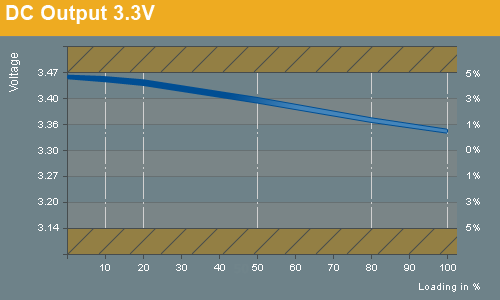
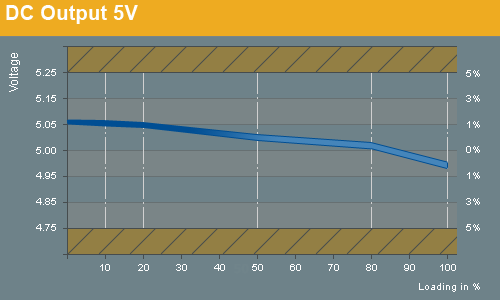
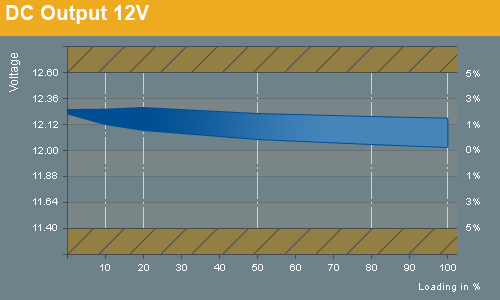
The 600W unit has a little better result compared to the 500W unit but we still see 4% fluctuation on the 3.3V rail. The 5V rail seems a little better with this unit with a regulation range of around 2%. The 12V rail has a slightly different regulation ranging from 12.34V down to 11.99V.That is of course still within specification.
Ripple
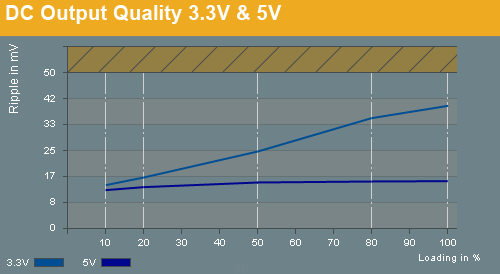
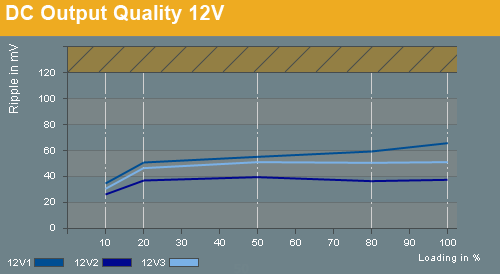
The ripple looks similar to the 500W unit with the 3.3V rail going up to around 40mV and the 5V rail being able to keep a stable 14-15mV. The 12V rail looks good with only up to 63mV on the 12V1 rail.
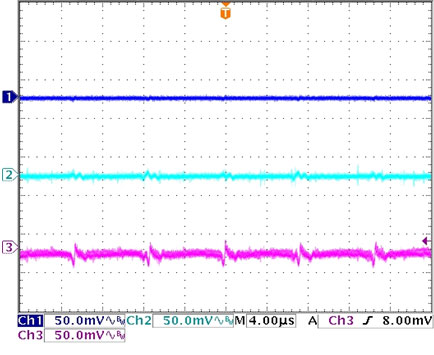
20% load
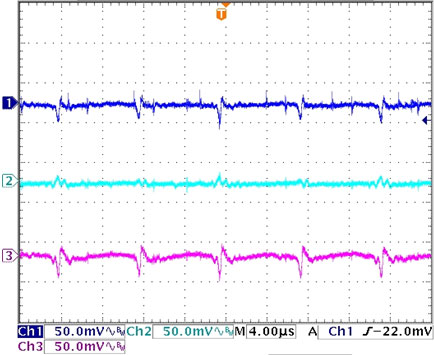
50% load
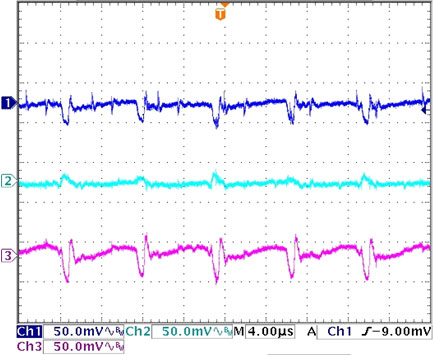
100% load










59 Comments
View All Comments
rbarone69 - Tuesday, January 19, 2010 - link
I'm sure you're room temp isnt 50 degrees celsius... (122f)rbarone69 - Tuesday, January 19, 2010 - link
Sorry guys, didnt see you actually put it in an environment at 50c. (should read better before commenting)Just curious why you picked such a high temp to test. Do you find that there are cases this warm in rooms with no A/C?
JarredWalton - Wednesday, January 20, 2010 - link
It's a stress test to simulate a hotter case; if a PSU can handle 50C, it can easily handle the more common 30-35C.Christobevii3 - Tuesday, January 19, 2010 - link
Could you hook up some different power supplies and show the difference they draw from the wall versus these at idle and load with a basic quad core, 4GB ram, two hard drive, and 5870 setup? I'm curious if spending $50 more on a power supply is going to actually make that big of a difference over a year of computing cost wise for electricity.- Tuesday, January 19, 2010 - link
In most cases it's better to keep your current PSU rather than buy a new one. Sometimes if you have a very inefficient unit it's worth the upgrade. If you already have a plain jane 80plus PSU, then it would be a waste of cash to upgrade.For instance lets say your PC idles at 100w DC from the board. We will use a 500w power supply for an example.
Your plain jane 500w 80plus PSU idles at 80% efficiency and the fancy gold one idles at 87% efficiency. If you calculate it to the wall for the plain jane 100w/.8= 125w, the gold one is 100w/.87= ~115w. So we have a difference of 10w. If we calculate the idle power difference over a year at .10 per kwh then: ((10w*24*365)/1000) * .10 = $8.76 saved per year with your PC on 24/7.
If you bought a 500w gold unit say at newegg for $100 just to upgrade (and the braggin' rights) it would take you over 11 years to recoup your $100 idling your PC 24/7. I can see many peeps will proudly display their gold unit signature. :) Let's see if they keep their PSU for 10 + years!
If you were going for a new build and trying to decide whether to go for a plain jane 80 plus at $50 or the fancy gold one at $100 (for a difference of $50) it would take over 5 1/2 years to recoup your $50 idling 24/7. For some this might be reasonable depending on the price of electricity in their area, and how much they actually use their PC. If you don't use your PC a whole lot, the plain jane 80 plus will most likely be good enough.
Kibbles - Friday, January 22, 2010 - link
Don't forget the extra heat needs to be cooled during summers.But I agree, the savings is small especially since most people don't idle 24/7.
jasperjones - Wednesday, January 20, 2010 - link
Who pays $0.10 per kwh? Is that residential? I'm in NYC and pay ~$0.20.Calin - Wednesday, January 20, 2010 - link
Upgrade only if you have issues:*the air blown by the PSU is too hot
*computer is finicky (bad quality PSU could be the reason)
*you (actually) need more wattage
*your PSU is noisy, and you want a silent one
As seen in the page, one of those expensive PSU will happily provide you 15% or more power above nominal (no mention of the efficiency though, but it should probably be higher than 80%), while a low quality power supply might give you out-of-range voltages when reaching 90% load (or maybe even less than that)
beginner99 - Wednesday, January 20, 2010 - link
And not to mention that the fabrication of the PSU also consumes energy. If you throw away ur old 80% PSU that is still working to buy this one you are actually wasting energy. It's the same with cars. Manufacturing of a car (creating the steel, plasitics,...) consumes more energy than it will ever use while it's actually running. So trading in your old one for a new one is wasting energy.Main reason to buy this PSU is because of low noise. Efficient = less heat = lower fan speed = quieter. Simple.
Makaveli - Tuesday, January 19, 2010 - link
I also would like to see a PSU round up maybe in march time frame... :)I'm still sitting pretty with my Enermax Infinity 720 Watts right now, and you do make a good poing about Enermax PSU prices not dropping much.